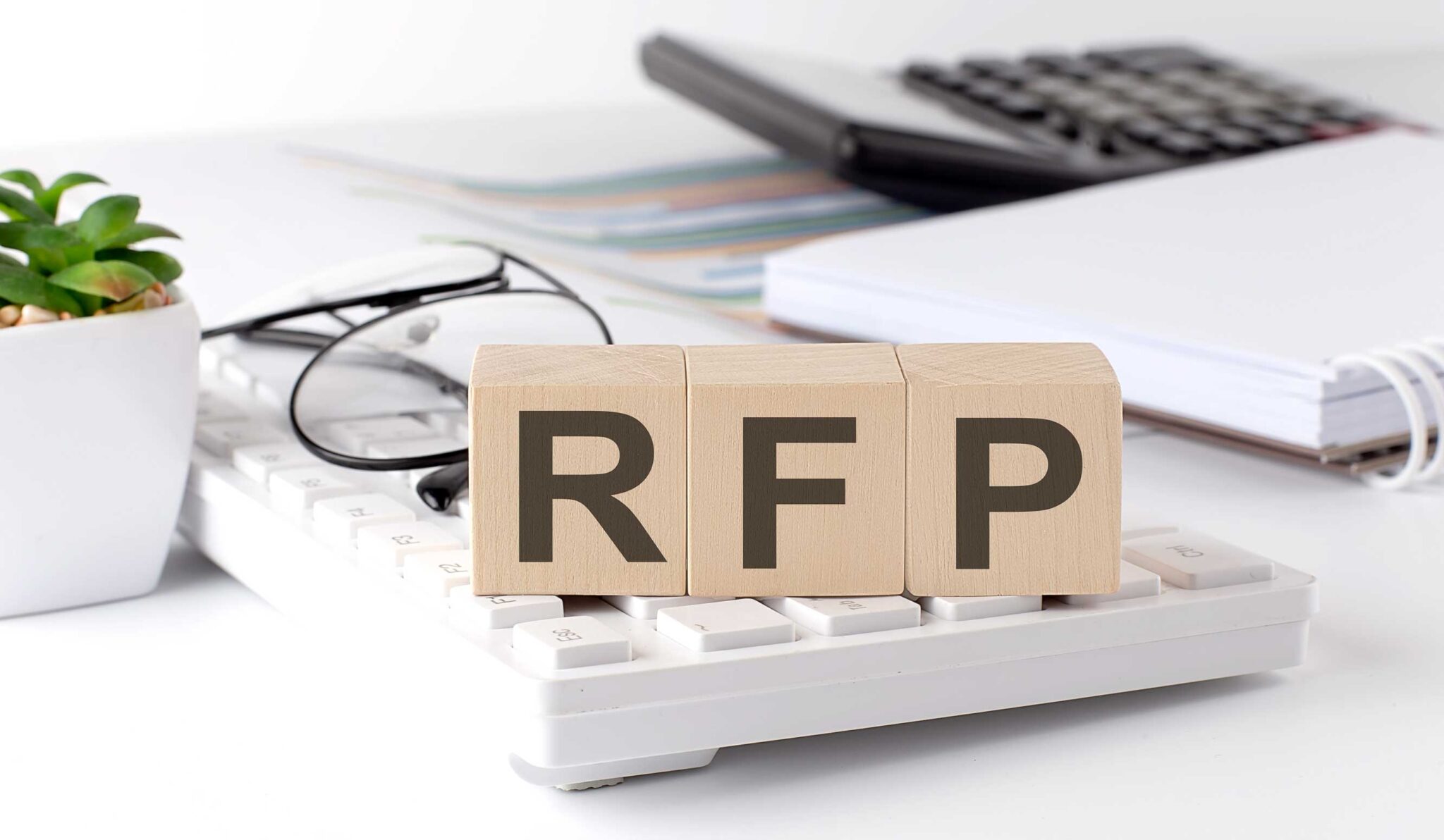Objective: Maximize success rates in responding to RFPs and improve the preparation of commercial proposals.
Use Cases:
- Automated Analysis of RFP Documents:
The platform utilizes generative AI to deeply analyze RFP documents, identifying keywords, requirements, and evaluation criteria. Based on this analysis, it automatically generates a draft response using existing models and contextual data (previous proposals, internal knowledge bases, industry information). This initial draft allows teams to save time and focus on customization. - Collaboration Between Sales and Technical Teams:
Sales and technical teams can collaborate in real-time to tailor responses to the client’s specific needs. The platform provides a secure space where members can enrich the proposal by integrating their sector expertise and technical knowledge. The built-in AI suggests relevant modifications based on market trends and best practices, making it easier to create bespoke proposals. - Optimizing the Response Process with Generative AI:
Iterative collaboration between AI and users streamlines the RFP response process. The AI identifies potential inconsistencies, highlights omissions, and checks for compliance with the client’s requirements. This guided process minimizes errors and boosts efficiency for the teams involved.
Expected Results:
- Time Savings: Automating the initial draft reduces the time needed for proposal preparation, allowing teams to concentrate on adding value.
- Improved Success Rates: The platform’s collaborative nature, combined with AI, enhances the adaptation of responses, increasing the likelihood of success.
With MARYLINK, teams have access to a comprehensive platform that leverages generative AI and collective intelligence to enhance the quality and efficiency of RFP responses.


